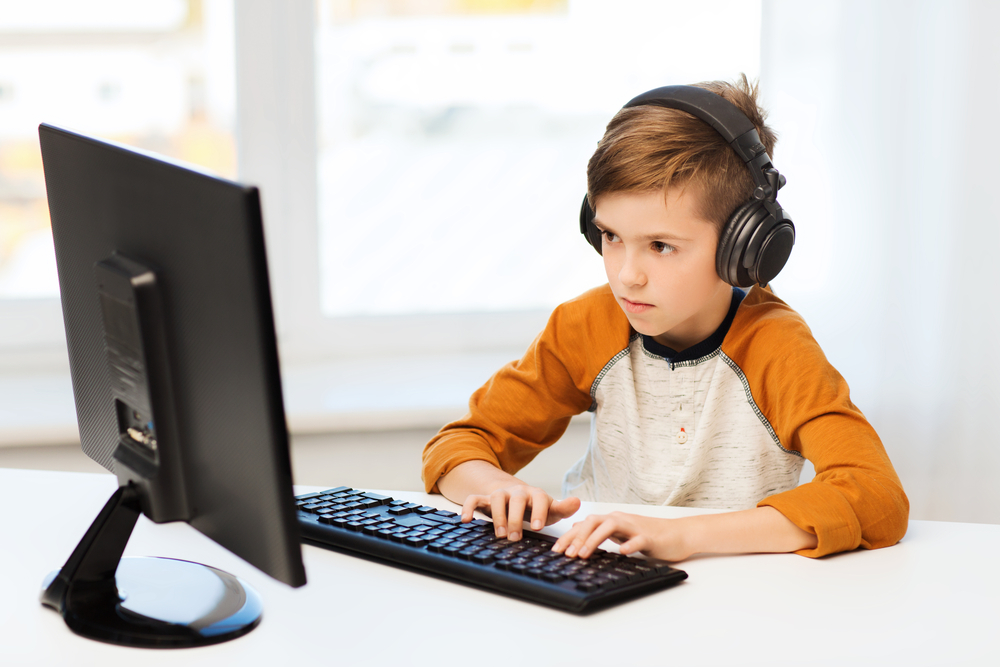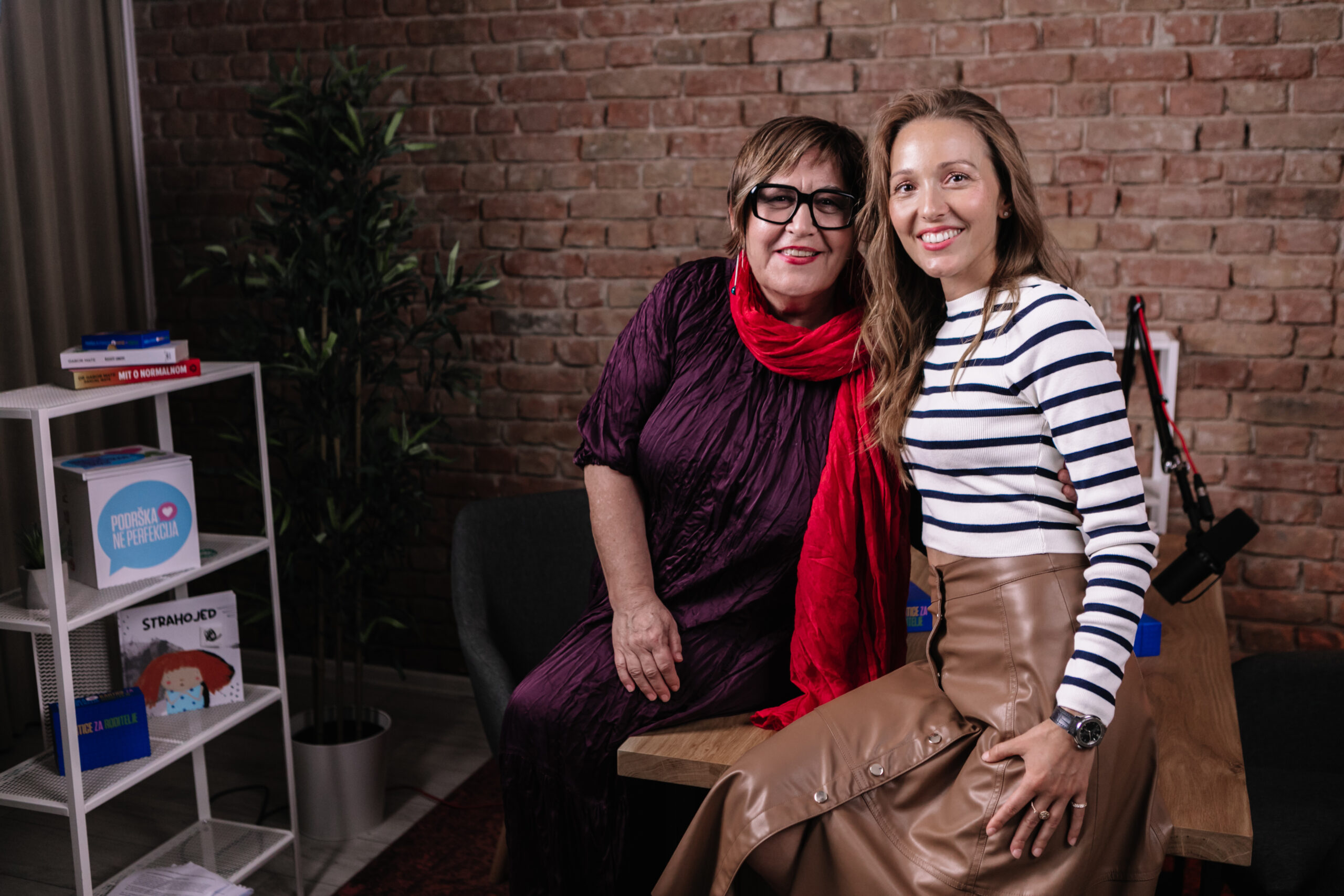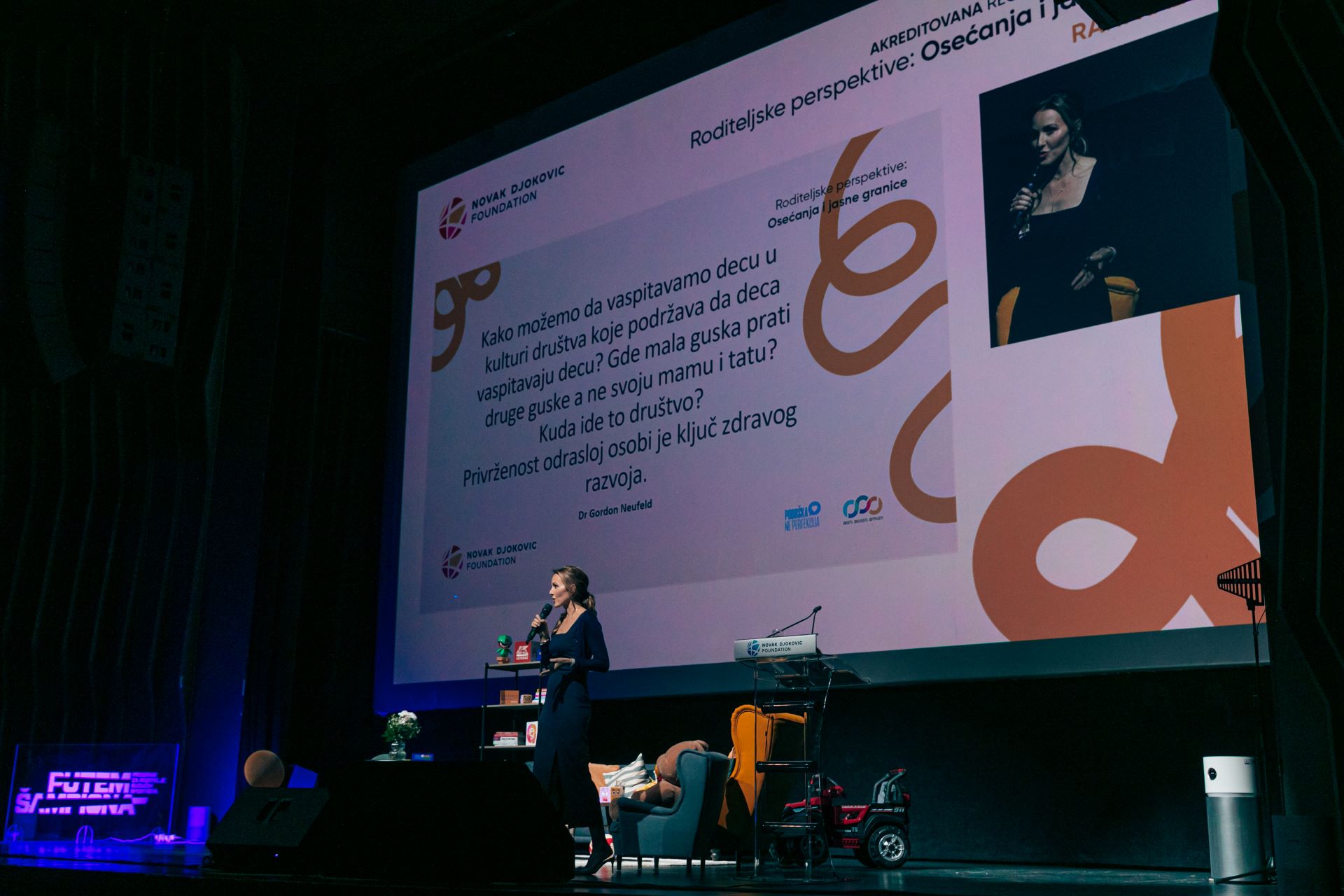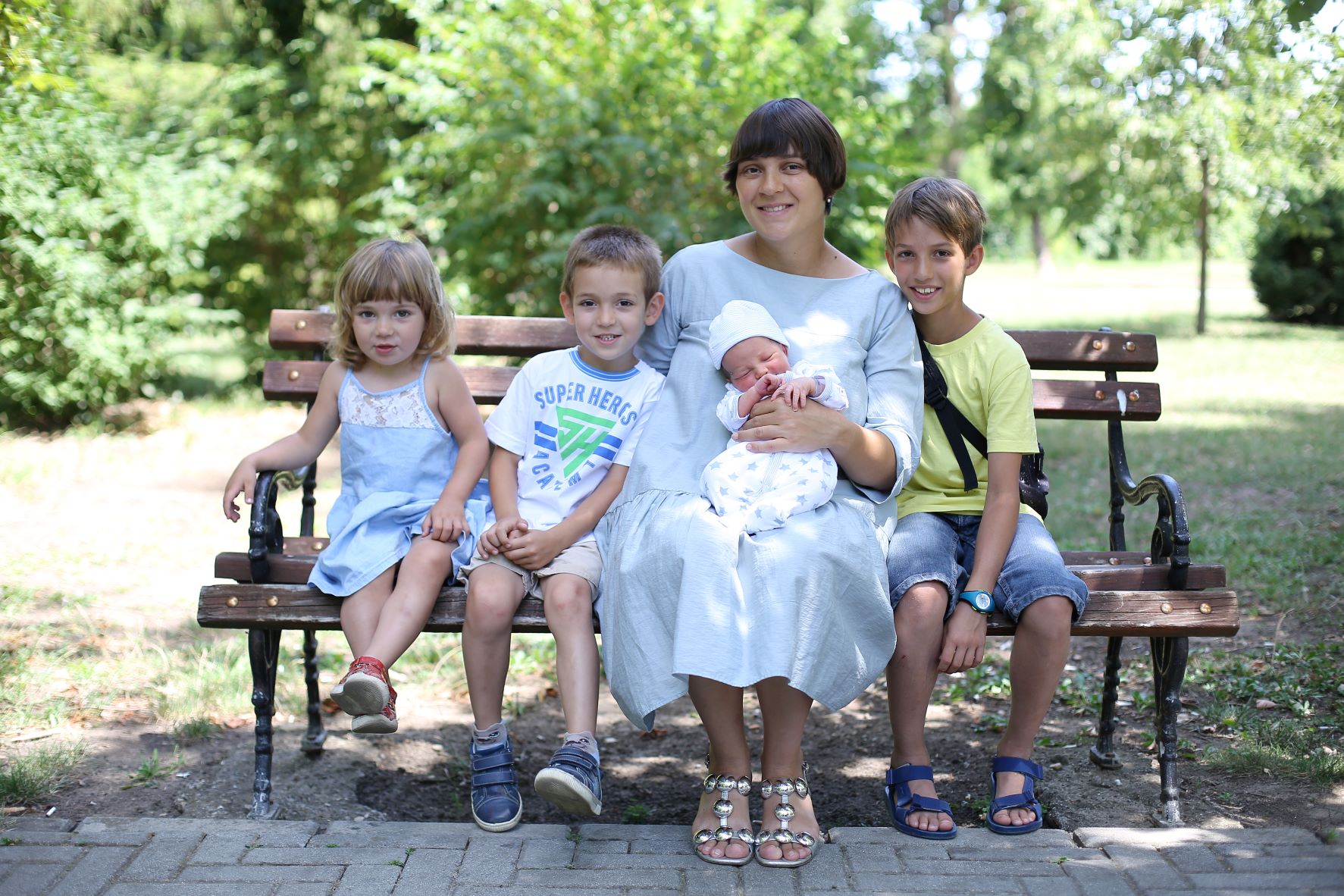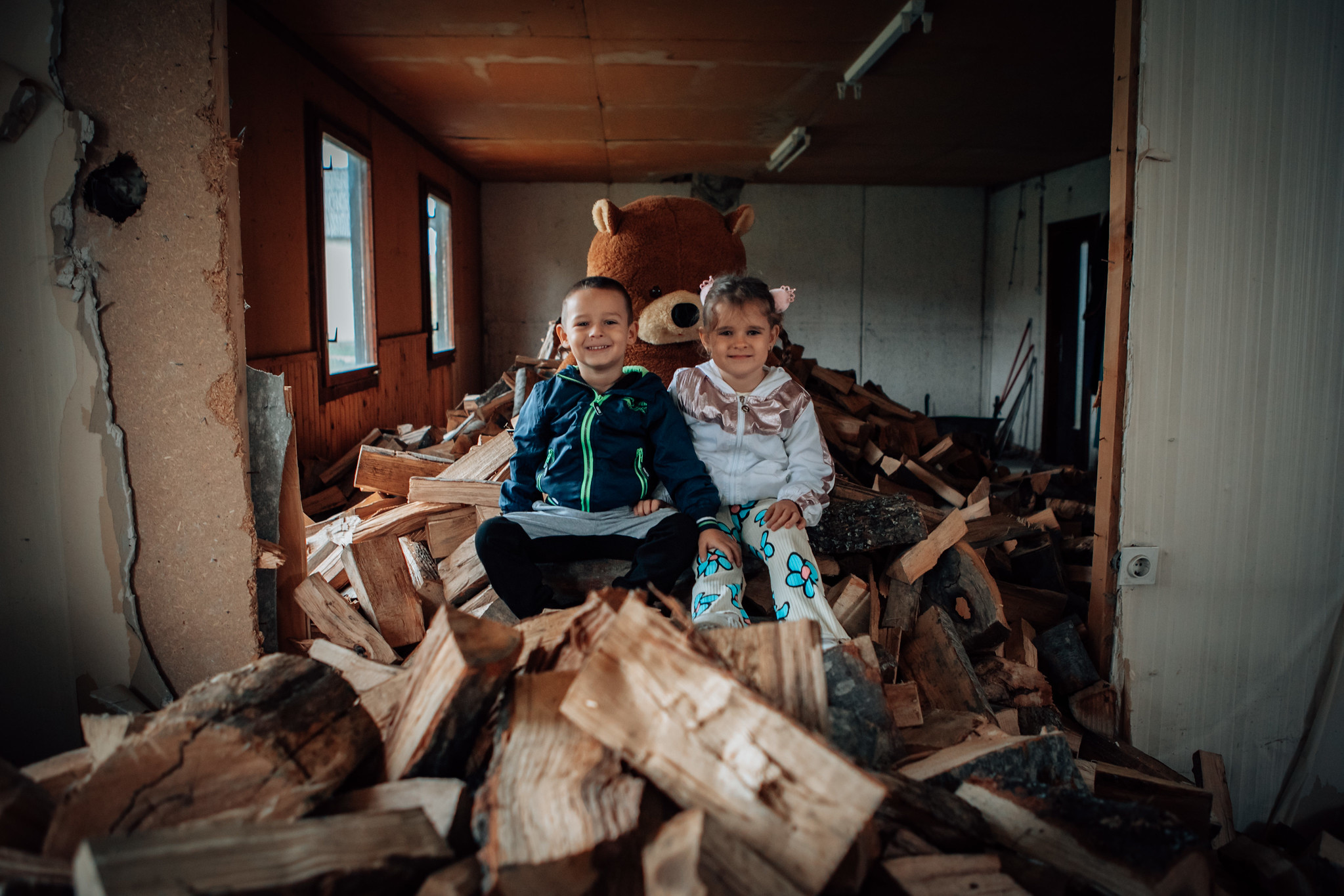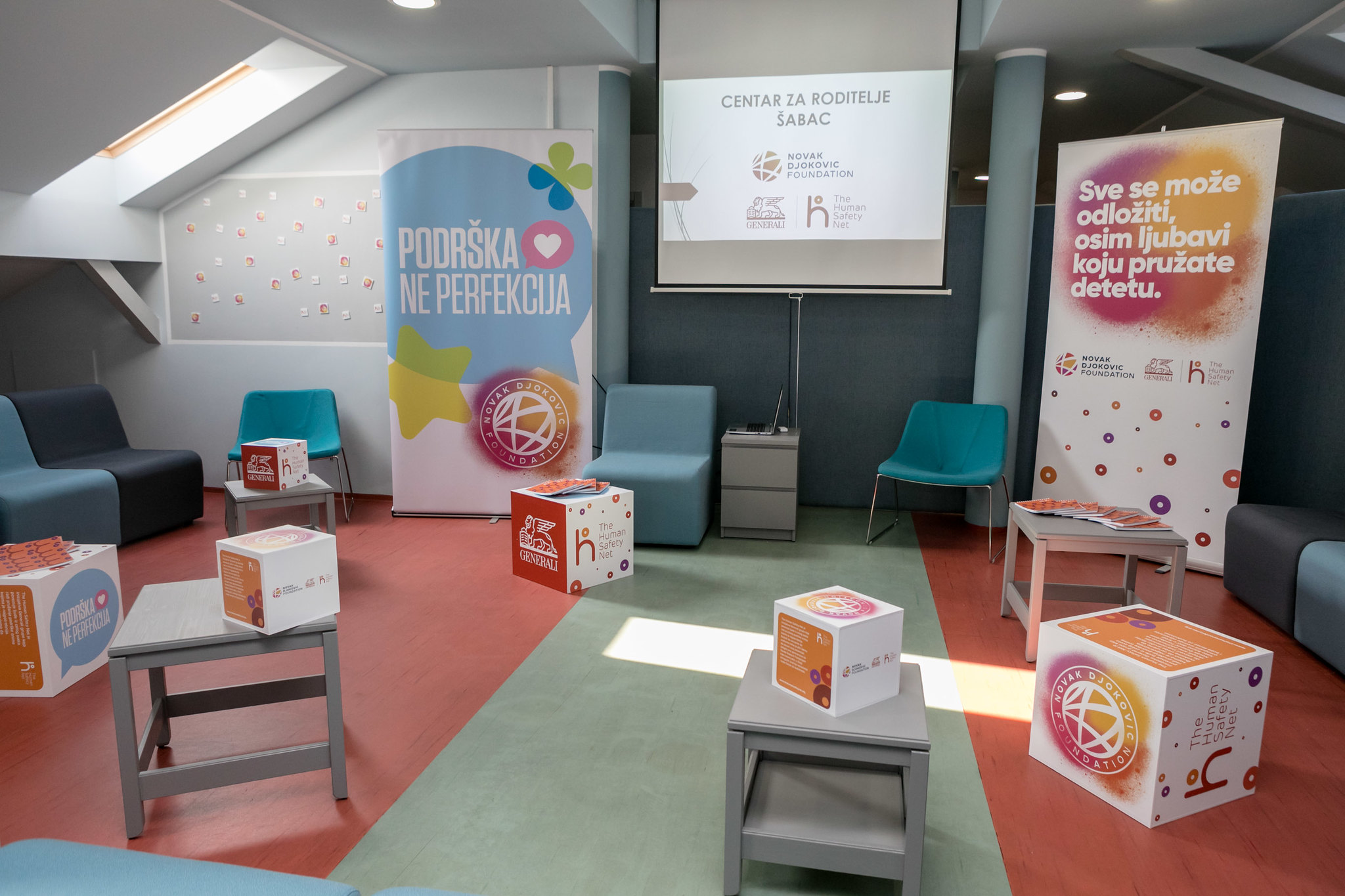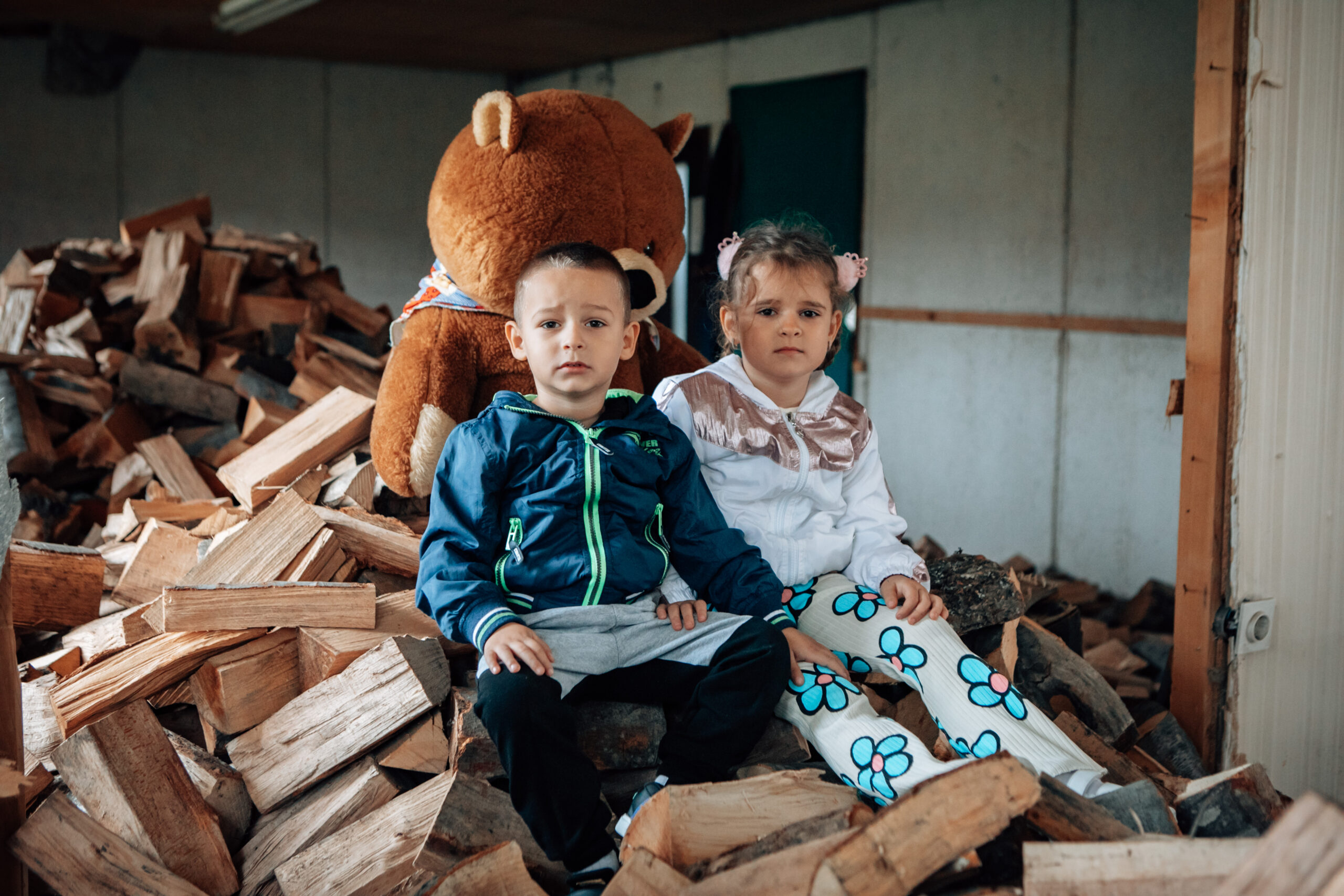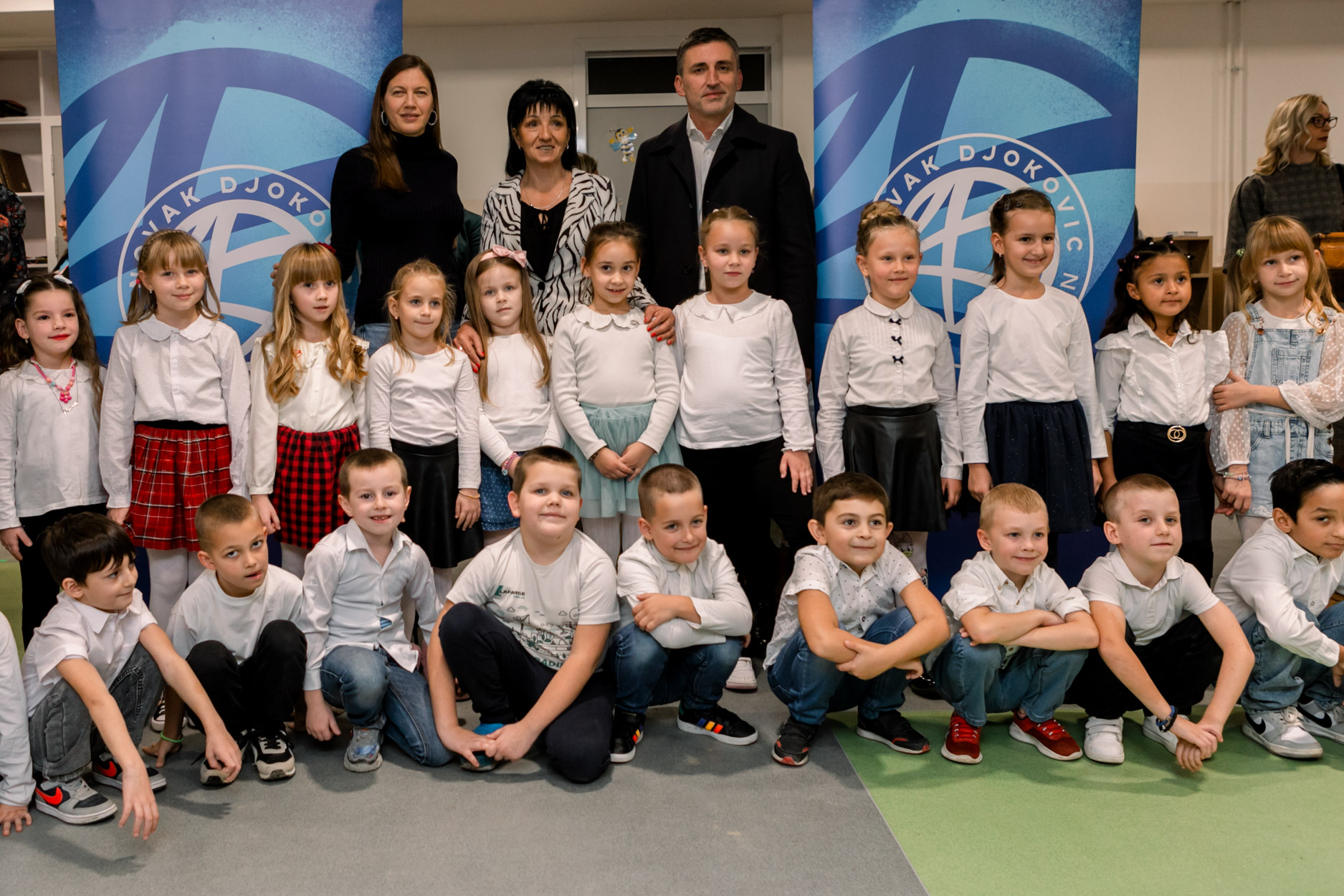Learn how to create a strategic system between you, your child, and the thing we know as the world wide web to ensure the safety of your child from cyberbullying. Setting guidelines for a responsible digital presence, as a parent, is what a child of the 21st century needs.
Picture a Venn diagram. Three circles. You, your child, and the internet. Each circle is its own entity, but as all three are intertwined, there are differences in the dynamics shared between the three. Learning how to create a safe environment within this Venn diagram will help you protect your child from cyberbullying and ultimately teach them to become responsible digital citizens.

Let’s clarify: Circle A represents you. Circle B represents your child. And, circle C represents that thing we call the internet. Sometimes in life, it’s necessary to focus in real close, to the details … other times, it’s more important to zoom out and take a look at how everything is connected in the big picture.
This Venn diagram shows four spaces between our three circles. Each space signifies a special relationship that every person, parent or child, has to learn how to navigate through.
Let’s begin with space 1: Your own relationship with technology.
This is a self-evaluation stage, between circle „a“ and circle „c“. Overlooked a lot of the time, but the way you act as a parent, regardless of what you preach, indirectly affects how your child behaves. Think about your own relationship with technology. Are you pleased with how much time you’re spending online? Do you spend time scrolling through social media mindlessly?
Would you be okay with your child adopting your online habits?
Setting boundaries for yourself is equally as important as telling your child to turn off the computer or to put down the phone. Recalibrate your own online habits and you’ll create a guideline for your child to follow. Children often mimic the actions they see their parents take, or don’t take. Don’t underestimate the power these small – yet pivotal – reflections can have.
Space 2: The parent-child relationship, itself.
Every relationship is unique, especially parent-child relationships (circle „a“ and circle „b“). While this is a subject matter entirely on its own, the space we are concerned with in our trusty Venn diagram is that of communication. Building trust for open dialogue between you and your child is a crucial link to preventing cyberbullying. Knowing that they have a space to speak freely to you, children can feel comfortable coming to you to talk about what they do or do not know about, what I believe is still the greatest mystery of our time, the internet! It’s essential that your child knows they can trust you with what happens online: the good and the bad. When confronted in this space:
- listen to their concerns or troubles
- respond calmly with compassion
- be prepared to learn yourself
While this is a space to nurture your parent-child bond as a preventative measure against the isolation, secrecy, and mental illness associated with cyber-bullying, should your child find himself or herself in such a circumstance the key is to hold this space safe for them to ask for your help.

Setting guidelines for a responsible digital presence and protection from cyberbullying is what a child of the 21st century needs. Copyright: Syda Productions
Space 3: Your child’s personal experience with the online world.
As time goes on and technology advances, the interactions we have with it become more intimate. Parents must accept that these moments won’t always happen in your presence. It is up to you, in other spaces, to instill the right foundation of awareness and confidence so that when your child does interact with the online world, between circle „b“ and circle „c,“ he or she will act responsibly as a digital citizen. There is the option of totally cutting kids off from social media, for instance, but it is unlikely he or she won’t ever interact with the online world at some point.
Learning how to be mindful of the digital footprint you leave behind is a skill we all must learn and prepare our children for.
Ultimately, allowing children a sense of freedom of choice, after adequately preparing them, leads to stronger confidence and trust in your parent-child relationship.
Space 4: The sweet spot.
This is where you, your child, and the internet are all in one space. This is where you have the authority to enforce rules and restrictions that you deem necessary. Building a healthy relationship with technology usage may mean:
- keeping the computer in a common area of the home
- asking your child to show you his or her social media profiles
- setting time limits
- monitoring their behavior during and after online interactions
- asking for help if you need it
Make sure to keep any limitations reasonable. Going back to space 2, in keeping the dialogue open, maybe explain to your child why you are taking these preventative measures. Be transparent. If they understand that you are not trying to take something away from him or her but instead protecting them from the dangers of online behaviors, they may be more acclimated to abide by your rules and not retreat to unhealthy online habits. Kids are more receptive when they know they are being treated with respect.
It comes down to communication.
Above all, perhaps it’s more important, now more than ever, to learn to communicate with your child. Children are always learning and absorbing information; all the science in the world can tell you that. Talk to them about creating a responsible digital presence.
Just as technology keeps advancing, so should you as a parent. Don’t let this trouble you. Instead, take delight in the challenge of adapting to your child’s growing mind and developing character! Learn to create a system that works for you and your child with simple boundaries that will lead you to a healthier relationship with technology itself. Let’s put an end to cyberbullying.

